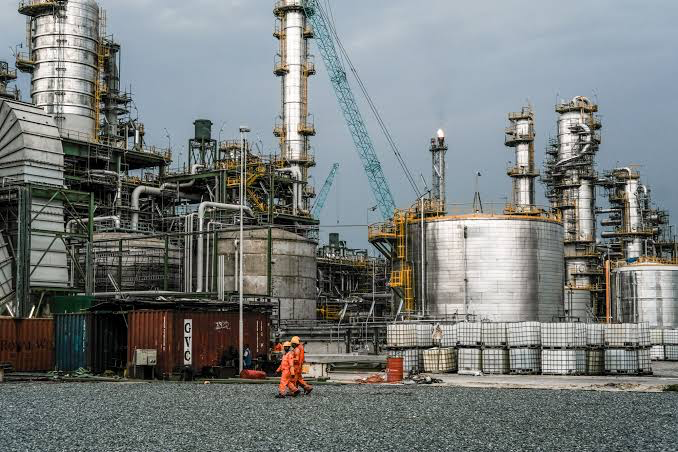Nigeria, Africa’s largest oil producer and exporter, has announced an ambitious plan to increase its oil and condensate output to 2.6 million barrels per day (bpd) by 2026, up from the current level of around 1.6 million bpd. This would represent a 62.5% increase in production over the next five years and a significant boost to the country’s economy and revenue.
The plan was unveiled by the Nigerian Upstream Petroleum Regulatory Commission (NUPRC), the new agency responsible for regulating the upstream oil and gas sector in the country. The NUPRC said it would direct the development of oil assets to areas less prone to theft and vandalism, provide support for alternative crude oil evacuation routes, and reduce the cost of production to about $20 per barrel, down from the current range of $25 to $40.
The NUPRC also said it would provide incentives to oil producers, such as reducing the high signature bonuses required to secure exploration blocks and implementing an open access regime for upstream oil and gas pipelines and facilities. The commission said it had secured commitments from major oil companies, including TotalEnergies, Shell, and ExxonMobil, to invest $13.5 billion in the short term to boost production.
The plan is part of President Bola Tinubu’s vision to transform Nigeria’s oil and gas industry, which has been plagued by challenges such as insecurity, underinvestment, regulatory uncertainty, and environmental degradation. Tinubu, who took office in 2023, has pledged to reform the sector and make it more competitive, transparent, and sustainable.
Nigeria’s oil production target is in line with the global trend of increasing demand for oil and gas, despite the growing shift to renewable energy sources. According to the International Energy Agency (IEA), global oil demand is expected to rise by 5.7 million bpd in 2022, reaching 100.6 million bpd, and surpassing the pre-pandemic level of 2019. The IEA also projects that oil demand will continue to grow until 2026, reaching 104.1 million bpd, driven by the recovery of the transport sector and the petrochemical industry.
However, Nigeria’s plan also faces some risks and uncertainties, such as the volatility of oil prices, the compliance with the OPEC+ production cuts, the impact of the COVID-19 pandemic, and the emergence of new variants of the virus. Moreover, Nigeria will have to compete with other oil-producing countries, such as Angola, Algeria, and Libya, for market share and investment.
Despite these challenges, Nigeria remains optimistic and confident that it can achieve its oil production goal by 2026, and position itself as a leading player in the global oil and gas industry. The NUPRC said it would work closely with all stakeholders, including the government, the oil companies, the host communities, and the civil society, to ensure the success of the plan and the benefits for the Nigerian people.
Source: The Guardian Nigeria



